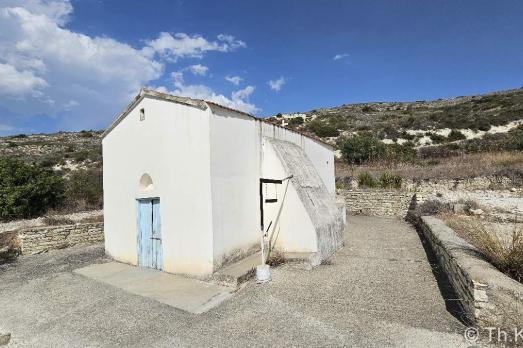
Agios Spyridonas Chapel
Kato Drys, CY
The building is located outside of the village in southern direction (approx. 2,5 km) in an abanoned settlement.
Here you can search for a building to visit. You can use the map find destinations, or you can use the filters to search for a building based upon what different criteria.

Kato Drys, CY
The building is located outside of the village in southern direction (approx. 2,5 km) in an abanoned settlement.
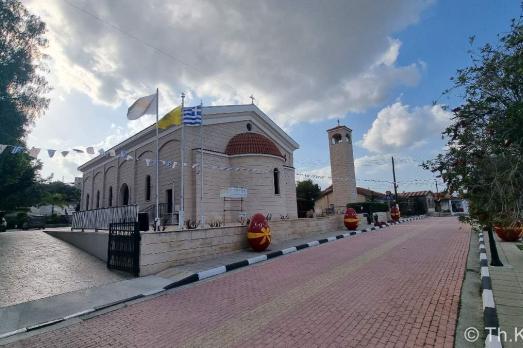
Mari, CY
The building is located in the centre of the village.
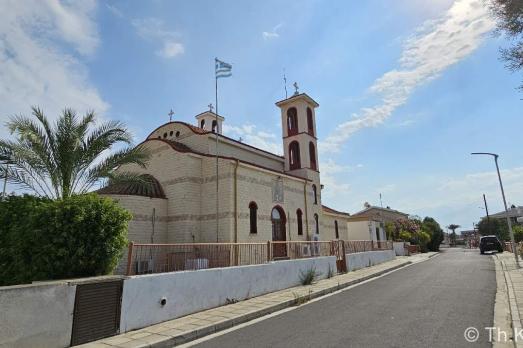
Aradippou, CY
The building is located in the northern part of the village.
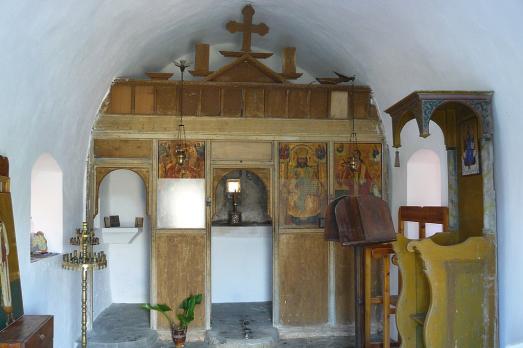
Monastiraki, GR
Agios Stephanos is a local place of worship in Monastiraki, a village nestled in the vicinity of the Ha Gorge.
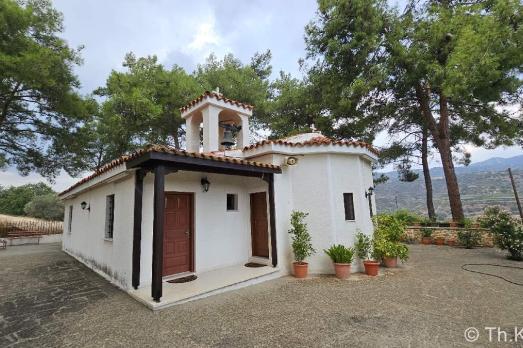
Vavla, CY
The building is located outside of the village in eastern direction (approx. 1,3 km) on the road to Katy Drys.

Xylofagou, CY
The building is located on the eastern edge of the village.

Agios Theodoros, CY
Two churches could be identified in the village. The parish church with the ekklesionym Agia Paraskevi is located in the centre of the original settlement area. According to Kassinis, construction began in 1870, but the official consecration did not take place until 1923.

Agios Theodoros, CY
The second church with the ekklesionym Agios Theodoros is located in the north-eastern area of the old centre. This was also the site of the old cemetery, which, according to the Cyprus Gazette, was closed in 1902 because it was a health hazard.

Agios Theodoros, CY
The building is located in the centre of the village.

Agios Theodoros, CY
The mosque is located in the northern part of the original settlement. According to Bagiskan this mosque was built around 1925. Some major repairs were done on 1961.

new
Nestled amidst the serene landscapes of the Harz region, lies a hidden gem for nature enthusiasts and history buffs alike - the Harz Monastery Hiking Trail. Lace up your hiking boots and embark on this captivating adventure that will transport you back in time.

The Holy Mile (Miglio Sacro) of Naples is a one-mile-long itinerary, through sacred places linked to the city's patron saint, San Gennaro, in the Rione Sanità district. Discover the city from a new perspective with this unique walking tour.

As a university city, cultural offerings abound in Tartu and will reach their peak after being designated one of three European Capitals of Culture for 2024. In this list, we've compiled the most interesting sacred places to visit in and around the old town.